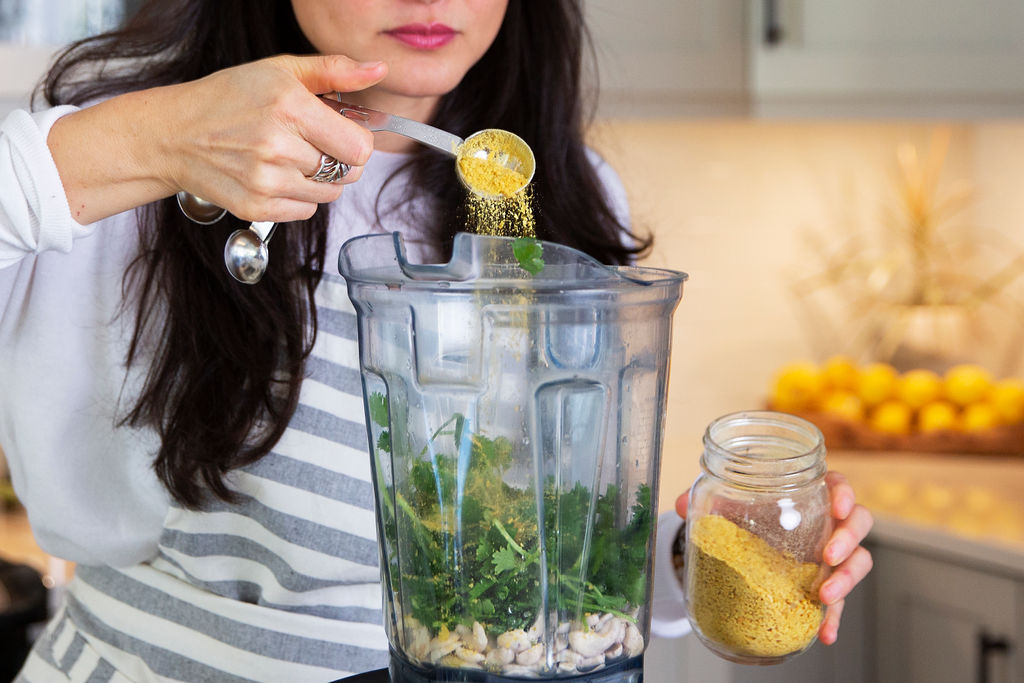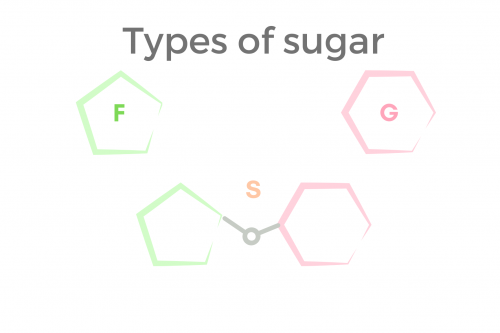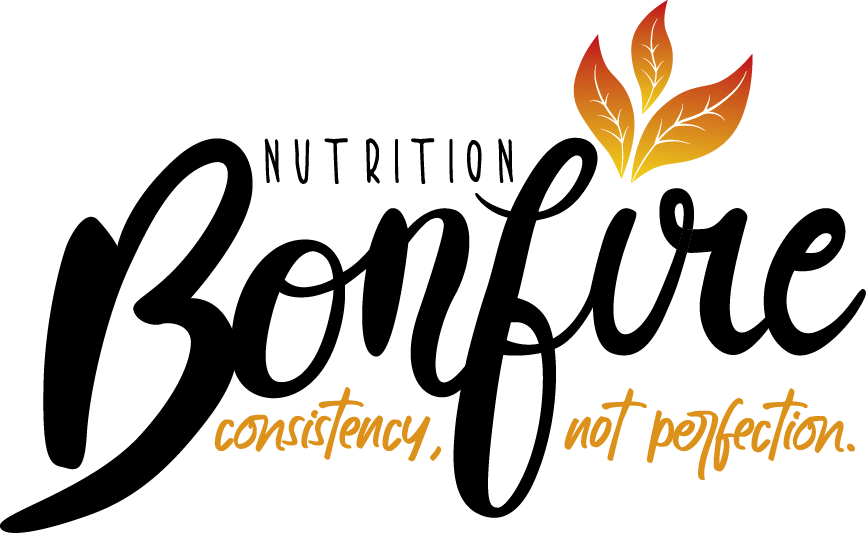Indulge the smart way

As a Holistic Nutritionist and a Culinary Nutrition expert my job is provide as much information and as many tools as I can to help you navigate the world of healthy eating and cooking with ease and joy, especially now during the holiday season.
The Holidays are here bringing with them the joy of sharing, gathering and of course eating. The anticipation of tables bursting with delicious, decadent and jolly food is palpable but before you dig deep into the celebration mood, as you should, here are a few tips on how to do this in a smart way.
Sugar consumption is bound to increase during the festivities, there are simply too many sweet culinary traditions to keep alive, think gingerbread, sugar and shortbread cookies, fruit bread and Christmas pudding plus the many other family favourites of the season. Celebrating this special time of the year shouldn’t come with a high sugar tab, nor is there room for guilt about what you eat either, so how to go about it?
As we prepare to spend more time in the kitchen and stock up our fridges and pantries with plenty of foods to meet the demanding holiday’s menu, we ought to pay close attention to the type and amount of sugars present in packed and processed foods we consume as this is where things can get tricky.
Did you know that added-sugar in our food supplies is now to be considered the number one source of sugar in our diet? A recent study done in 2019 by Statistics Canada has revealed that the total sugar consumption from beverages has decreased, hooray! But the total sugar intake from food has increased. Boohoo! The sneaky sugars in processed foods, plus the overall use of sugar used by home cooks are still a primary factor in the steady rise of sugar consumption among all age groups.
But surely a little bit of sugar can’t be that bad… Our body can handle a small amount of added sugar, however over consumption of it has been linked to type 2 diabetes, cardiovascular diseases, dental cavities, non-alcoholic liver disorder, behavioural disorders and it is also considered a risk factor for obesity.
How much sugar, as in added sugar, should be consumed you might ask? Well, generally speaking, as all individual’s lifestyles and composition differs, the maximum intake of added sugar for kids from 0 to 2 yrs. is 0. For toddlers ages 2-5 yrs. the recommendations are between 3 ½ to 4 tsps. ; teenagers and adults should be consuming about 7 ½ tsp. of added sugar daily.
As a reference an apple juice box has around 18-23g of added sugar. But surely, there’s a mistake here, as apples are a fruit. However, apple juice is the sugar that has been extracted from whole fruit, which on its own is perfectly healthy.
This brings us to the different types of sugar out there. Sugar belongs to the carbohydrate family. There are three types of carbohydrates: sugars, starches and fibre. Sugar or simple carbohydrates, includes the sugars naturally occurring in fruit, vegetables and milk, but also the type that is added to food. They are three types of sugars worth mentioning as understanding what they are and how they affect our bodies can be helpful when wanting to choose healthier options.
Sucrose is perhaps the most well known sugar, as table or white sugar. But “healthy” sugars such as Turbinado, Muscovado, natural brown sugar and molasses all have the same chemical composition as white sugar. Molasses being perhaps the exception as it also has magnesium, iron and manganese. But once in the body all these sugars are broken down in the same manner.
Glucose is the main type of sugar that circulates in the bloodstream, and it is readily accessible for the body’s energy requirements. Once the body has filled up the energy demands, glucose gets to be stored in the liver or muscles. A sudden or rapid spike in glucose affects your blood glucose levels, which can be problematic both in the short and long term. Some forms of glucose-based sugar are dextrin, maltodextrin, brown rice syrup, corn syrup, dextrose, and maltose.
Fructose, with nearly the same chemical make up as glucose, cannot be utilized as a direct source of energy. This type of sugar is metabolized in the liver, and when there is simply too much, it gets converted into fat. The liver can handle small amounts of fructose, and it can even convert it into glucose for energy, but that is only when small amounts are ingested. Agave, fruit concentrate and fruit sugar have a high level of fructose, whereas maple syrup, honey, palm sugar and date sugar have lower levels of fructose.

What about Alcohol and low-calorie sweeteners?
The sugars that we have talked about before are sugars that provide calories for energy. The low-calorie sweeteners such as stevia and monk fruit or alcohol sugar such as xylitol, for example, have no calories, and they don’t increase your blood glucose levels, which is great. These types of sweeteners can be a good option when wanting to reduce calorie intake due to sugar consumption, but this doesn’t mean that the sweet taste is not completely registered by your brain. This means that the “sweet cycle” of craving this type of food is still happening, and therefore can help you ingest more sweet foods than you anticipated. Moreover, further studies also need to be done to establish the impact of these types of sweeteners in the gut.
As you can see not all sugars are created in the same way, there are plenty of options for you to pick from when adding sugar to your sweet foods. Among my recommendations are natural options such as maple syrup, honey, molasses and coconut sugar, although I would suggest using only half of what is asked in a recipe. Xylitol, stevia and monk fruit seem to be great options too, and you will need a little practice cooking with them before you hit the sweet spot.
How to indulge the smart way:
- Read the nutrition facts labels: Take note of the serving size and amount of grams of sugar (4 grams of sugar equals 1 tsp. of sugar). At the same time, get familiar with the type of sugars you absolutely want to avoid such as: high-fructose corn syrup, agave syrup, fruit concentrate, and fruit sugar.
- Familiarize yourself with the different added-sugar names listed under ingredients: Dextrin, maltodextrin, brown rice syrup, corn syrup, dextrose, Barley malt, maltose, trehalose, molasses. Sugar alcohols such as xylitol, sorbitol, lactitol, mannitol and erythritol.
- Portion size matters: indulge in your favourite foods and desserts. If you want to keep things fairly balanced, start with a small portion, after that you can make the decision if it is going to be time for more or perhaps your craving was satisfied.
- Pay attention to your blood sugar levels: imbalances created due a tip curve on our blood sugar levels due to high carbohydrate consumption can create lack of energy, cravings and lack of satiety, which helps you to more easily reach for foods that can feed the cycle. Focusing on protein, fat, non-starchy carbohydrates and fibre, first, before indulging can create a great balance between what your body needs and what your mind wants. And remember, protein is the most satisfying macronutrient, it slows down digestion and helps you feel satisfied for longer.
Wishing you happy, healthy and sweet Holidays!
